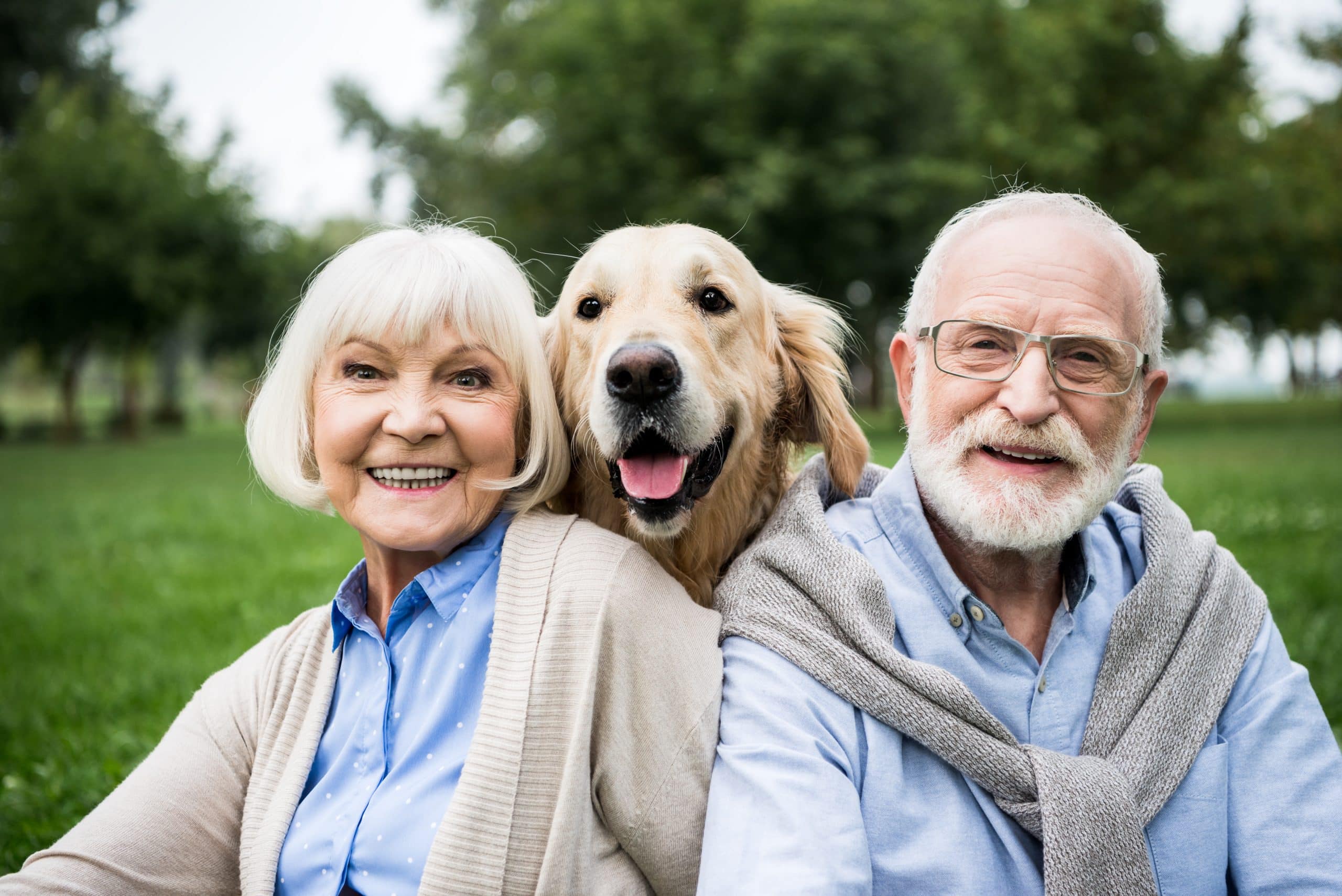This February is American Heart Month, a time to celebrate and take care of our hearts! As an older adult, it’s important that you stay active and make positive lifestyle changes to help keep your heart healthy. Exercise doesn’t always have to be boring – there are so many fun activities that can get you moving and having fun at the same time! In honor of American Heart Month, read on for some tips and ideas for how seniors can enjoy physical activity while also promoting their overall health.
What is American Heart Month and why is it important for seniors?
American Heart Month is an annual event observed in the United States every February to raise awareness and understanding of heart health. The month is dedicated to educating the public about how to prevent, treat and detect cardiovascular diseases, as well as promoting proactive lifestyle habits that reduce the risks of developing heart disease.
For seniors, American Heart Month is especially important. As people age, their risk of having a heart attack or stroke increases. Seniors are also more likely to suffer from chronic conditions, such as high blood pressure or diabetes, which can further increase their risk of developing cardiovascular disease. By being aware and taking steps to improve heart health during American Heart Month seniors can help reduce their risk of developing cardiac issues.
When it comes to improving heart health there are many lifestyle changes that seniors should adopt including engaging in regular physical activity, eating a balanced diet with less saturated fat and sodium, managing stress levels through meditation or relaxation techniques, quitting smoking if applicable, and controlling any existing medical conditions through medication or other treatments recommended by a doctor. Additionally, seniors should get regular check-ups with their physician to monitor blood pressure and cholesterol levels among other things.
Observing American Heart Month is not only important for increasing awareness but also for encouraging seniors to take proactive steps toward improving their overall heart health which can lead to longer lives free from the effects of cardiovascular diseases.
Benefits of Exercise for Senior Health
Exercising frequently is an important part of a healthy lifestyle, especially for senior citizens. Regular physical activity has numerous benefits for older adults, including improved cardiovascular health, increased muscle mass and bone density, lowered blood sugar levels, improved balance and coordination, and stronger immunity.
Cardiovascular health is essential for seniors as they age. Studies have shown that regular exercise can help reduce the risk of heart disease, stroke, and high blood pressure. Exercise helps your heart become stronger which allows it to pump blood more efficiently throughout your body. This can help reduce the risk of various cardiovascular diseases. Additionally, exercising regularly can help keep cholesterol levels in check and improve overall circulation.
Muscle mass and bone density also play an important role in senior health. As people age their muscles naturally weaken and their bones tend to get thinner and more fragile – making falls much more likely with every passing year. However, regular strength-training exercises can help increase both muscle mass and bone density which will result in greater stability during activities like walking or running.
Exercise is also beneficial for diabetes prevention since it helps stabilize blood sugar levels by using up glucose stored in your muscles while you work out. Strength training exercises are especially helpful here because they cause your body to use up larger amounts of glucose than other types of exercise such as cardio or stretching. Furthermore, the process of exercising regularly helps improve balance and coordination – meaning seniors are less likely to trip or fall due to poor posture or lack of awareness about their surroundings.
Finally, staying active helps strengthen one’s immunity system as well which is especially important for seniors who are more prone to infections due to their weakened immune systems from aging. Research shows that exercise stimulates certain immune cells which makes them better at fighting off colds and other illnesses that commonly plague elderly individuals during the winter months when they’re more sedentary indoors.
Exercising regularly clearly has many benefits for seniors in terms of both physical health and mental well-being – so don’t forget to stay active no matter how old you are!
Tips for Getting Started with Exercise as a Senior
Seniors often struggle with getting started with exercise due to age-related physical changes and health concerns. Starting an exercise routine as a senior can be intimidating, but it’s important to remember that there are many benefits to staying active. Exercise can help maintain muscle strength, stimulate cardiovascular endurance, improve joint flexibility, and reduce the risk of developing certain chronic diseases. Additionally, regular exercise has mental health benefits such as improved mood and quality of life. With the right approach and motivation, seniors can get started on an effective exercise routine that will bring long-term rewards.
The first step in beginning any exercise program is to consult with a doctor or healthcare provider. Seniors should discuss their medical history, current medical condition, and any medications they’re taking before engaging in any type of physical activity. This helps ensure that the chosen exercises are safe to perform and tailored to the individual’s needs. Once the green light has been given by the doctor or healthcare provider, seniors should start slowly with low-intensity exercises that target their specific areas of concern. For example, if joint flexibility is a priority then focus on range of motion activities like yoga or tai chi.
Another key element for starting an effective senior workout plan is finding activities that you actually enjoy doing. Variety is also important since different types of exercises serve different purposes such as aerobic vs strength training vs balance activities etcetera. Taking classes at your local gym or community center can be a great way to find enjoyable activities while also having access to supportive instructors who understand the particular challenges faced by seniors when exercising. Additionally, seniors who prefer exercising in smaller groups or alone may want to invest in some basic equipment so they can work out at home comfortably and conveniently whenever they wish.
Finally, don’t forget about nutrition! Eating a balanced diet with adequate amounts of protein and healthy carbohydrates will help ensure your body has enough energy for physical activity while also providing essential nutrients for overall well-being and recovery from workouts. Staying hydrated before, during, and after exercise sessions is also very important for maintaining energy levels and preventing dehydration-related complications, particularly when exercising outdoors in extreme climate conditions like heat or cold weather climates where water loss through sweat increases significantly which could otherwise lead to exhaustion or other health issues if not managed carefully.
Fun Activities to Keep Seniors Physically Active
Exercising is an important part of staying healthy at any age, but seniors need to stay physically active as they age. Regular physical activity can help reduce the risk of falls and fractures, maintain muscle strength, increase balance and coordination, improve mental health and mood, prevent or delay many chronic diseases, improve quality of life overall, and even increase life expectancy. Unfortunately, many seniors lack access to safe exercise options or may be intimidated by traditional gym settings. Fortunately, there are plenty of fun activities for seniors that also provide a great workout.
Yoga is a great low-impact exercise for older adults as it combines stretches with breathing techniques to promote relaxation while improving flexibility and balance. Tai Chi is another excellent option that focuses on gentle movements meant to improve posture and balance while promoting relaxation. Both yoga and tai chi classes can usually be found at local gyms or community centers. Water aerobics is a great way for seniors to get moving without putting too much strain on their joints due to the buoyancy of the water. Swimming is also beneficial as it helps build endurance while working for all major muscle groups.
For those who prefer going outdoors instead of hitting the gym, walking is always a great option as it can easily be done just about anywhere. Taking regular walks around the neighborhood or in nearby parks provides a simple way to get some fresh air while staying active. Gardening is another outdoor activity that offers multiple benefits such as increased flexibility from bending over to tend plants and improved grip strength from digging in dirt or planting seeds; plus it gives you fresh produce when your plants are ready! Cycling outside or on an indoor stationary bike provides good aerobic exercise with minimal impact on joints.
Finally, group activities such as line dancing or dance classes can provide fun ways to stay active while meeting new people – there’s never been a better time than now! Seniors should talk with their healthcare provider before beginning any type of physical activity program so they know what types of exercises they should avoid due to any existing medical conditions they may have (or other factors). With the right guidance and support system in place, seniors can find a variety of enjoyable activities that will keep them physically active well into their golden years!
Conclusion: How Staying Active Can Improve Heart Health
Staying active is beneficial for your heart health in many ways. Regular physical activity helps your body to become more efficient at using oxygen, which helps the heart muscle become stronger and work better. This can lead to lower blood pressure and cholesterol levels, both of which reduce risk factors for coronary artery disease (CAD). When you’re physically active, your body also produces endorphins that can improve mood and reduce stress, which can be a major cause of heart problems. Additionally, exercise increases circulation throughout the body, improving the delivery of nutrients and oxygen to the tissues and organs—including the heart muscle itself.
In addition to reducing risk factors for coronary artery disease (CAD), staying active can reduce the risk of stroke and other cardiovascular diseases. Physical activity helps lower bad cholesterol levels, reduce blood pressure, control weight, manage diabetes, and improve overall circulatory health. Regular physical activity also reduces the risk of developing certain types of cancer such as breast cancer and colon cancer. Furthermore, physical activity can increase bone density by helping your bones absorb calcium more effectively; this is important for individuals whose age puts them at higher risk for osteoporosis or bone fractures.
Exercise can also help keep your mental health in check. Studies have found that regular physical activity can help alleviate symptoms related to depression or anxiety. It’s not entirely clear why exercise has such a positive effect on mental wellness; however, it may be due to increased concentrations of “feel-good” hormones like serotonin or endorphins throughout the body that are released during physical activity.
Overall, staying active is one of the best things you can do for your heart health—not only does it help prevent CAD but it also reduces other risk factors associated with stroke or other cardiovascular diseases while boosting overall well-being both mentally and physically!
Staying active and exercising regularly is important for everyone, but it’s especially crucial for seniors. Not only does exercise help improve heart health, but it can also boost mood, ward off dementia, reduce the risk of falls, and so much more. If you’re a senior who isn’t currently exercising, now is the perfect time to start! There are plenty of fun activities that can get you moving, like walking groups, swimming classes, tai chi, and more. And if you need some tips on getting started with an exercise routine, we have those too. So what are you waiting for? Get out there and start moving your body – your heart will thank you!



